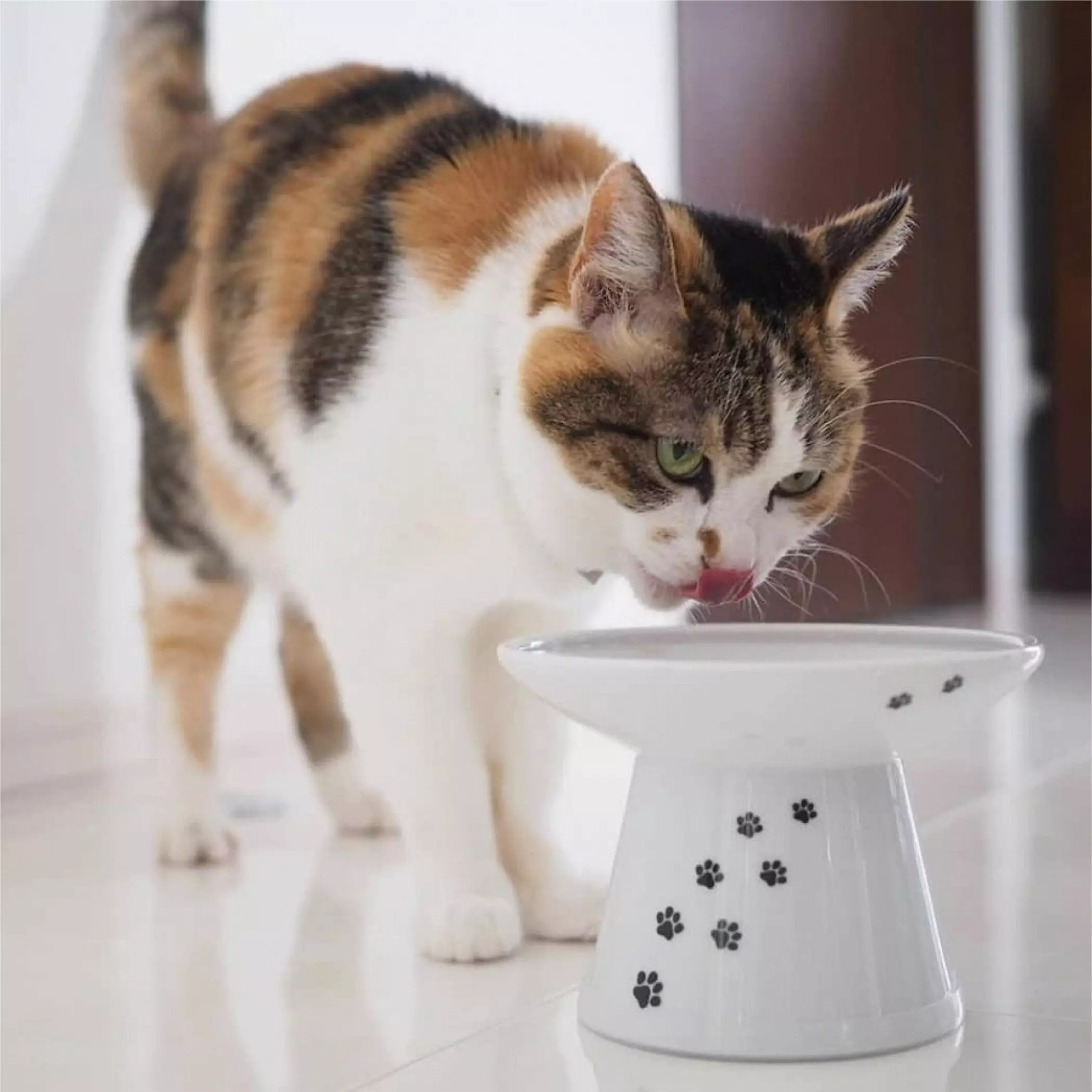In the realm of pet care, there are numerous concepts that often evade our attention until they manifest directly in our animals’ behavior. One such phenomenon is known as “whisker fatigue,” a term that encapsulates the discomfort and over-stimulation experienced by cats due to their sensitive whiskers. Cats are equipped with advanced sensory systems, and their whiskers are pivotal to their ability to navigate their environment and perceive their surroundings. However, continual stimulation—whether from food bowls, water dishes, or other objects—can lead to sensory overload, leaving a cat distressed and reluctant to engage in feeding. According to Dr. Keyes of Cat Vet Tucson, this condition may be triggered by something as simple as the brushes against common household items, resulting in a frustrating experience for both cats and their owners.
Observing changes in a cat’s eating behavior is often the first signal that something might be amiss, particularly in cases of whisker fatigue. For instance, if a usually enthusiastic eater suddenly begins to snub their favorite food, it may not be mere pickiness but rather a response to discomfort. The experience of a cat ignoring its meals can be bewildering for owners, leading to confusion as to how to resolve the situation. Upon acknowledging the presence of whisker fatigue, owners may experiment with various feeding setups in an attempt to ease the cat’s discomfort. Unfortunately, not all solutions are effective, and this can create added stress for both parties.
After discerning the impact of whisker fatigue, one potential remedy that has gained prominence is the introduction of specially designed feeding bowls. For example, the Necoichi extra-wide bowls from Japan have been celebrated for their ergonomic design that adeptly minimizes whisker fatigue while enhancing the overall feeding experience. These bowls have gained recognition at the Global Pet Expo, not just for their ability to address whisker sensitivity but also for their thoughtful shape that guides food towards the center. This particular curvature proves essential, as it prevents the all-too-familiar scenario of a cat feigning hunger when food remains at the sides of a bowl, thus leading to unnecessary waste and frustration.
Beyond the structural advantages of these bowls, material choice plays a crucial role in promoting cat health. Traditional bowls made from plastic or bamboo composites can harbor bacteria that contribute to aesthetic issues like feline acne, which can complicate a cat’s health further. In contrast, the ceramic composition of the Necoichi bowls offers a cleaner alternative that is less prone to harbor unwanted microorganisms. This factor is particularly vital for conscientious cat owners who strive to maintain sanitary feeding environments for their pets.
An additional benefit of the Necoichi bowls is their elevated design. The height not only assists in the ease of feeding but also promotes a better posture, which minimizes the risk of vomiting among cats, especially those already prone to digestive issues. As highlighted by veterinarian Catherine Barnette, elevated bowls encourage a more natural eating position, allowing gravity to help food transition from the mouth to the stomach, thus improving the overall feeding experience.
Having recognized the importance of catering to the specific needs of different cats, Necoichi offers an array of designs, each intended to appeal to various aesthetics and practical needs. From classic styles to more playful designs like the Sakura 2022 and the Tilted Bowl version—designed to assist food movement—the collection addresses the needs of different types of feline diners. Moreover, the brand has not neglected affordability, with standard-sized and larger options available for cats that do not necessarily require specialized bowls, ensuring that every cat owner can find something fitting for their pet’s preferences.
In summation, whisker fatigue remains an often overlooked yet significant issue within feline care. By understanding and addressing this sensory overload, cat owners can foster a more pleasant and healthy feeding environment, keeping their beloved pets happy and well-nourished.
